Essential household items you should replace more often – pro cleaners urge you to keep track of these 7 items to maintain a healthy home
Are you changing them out enough?
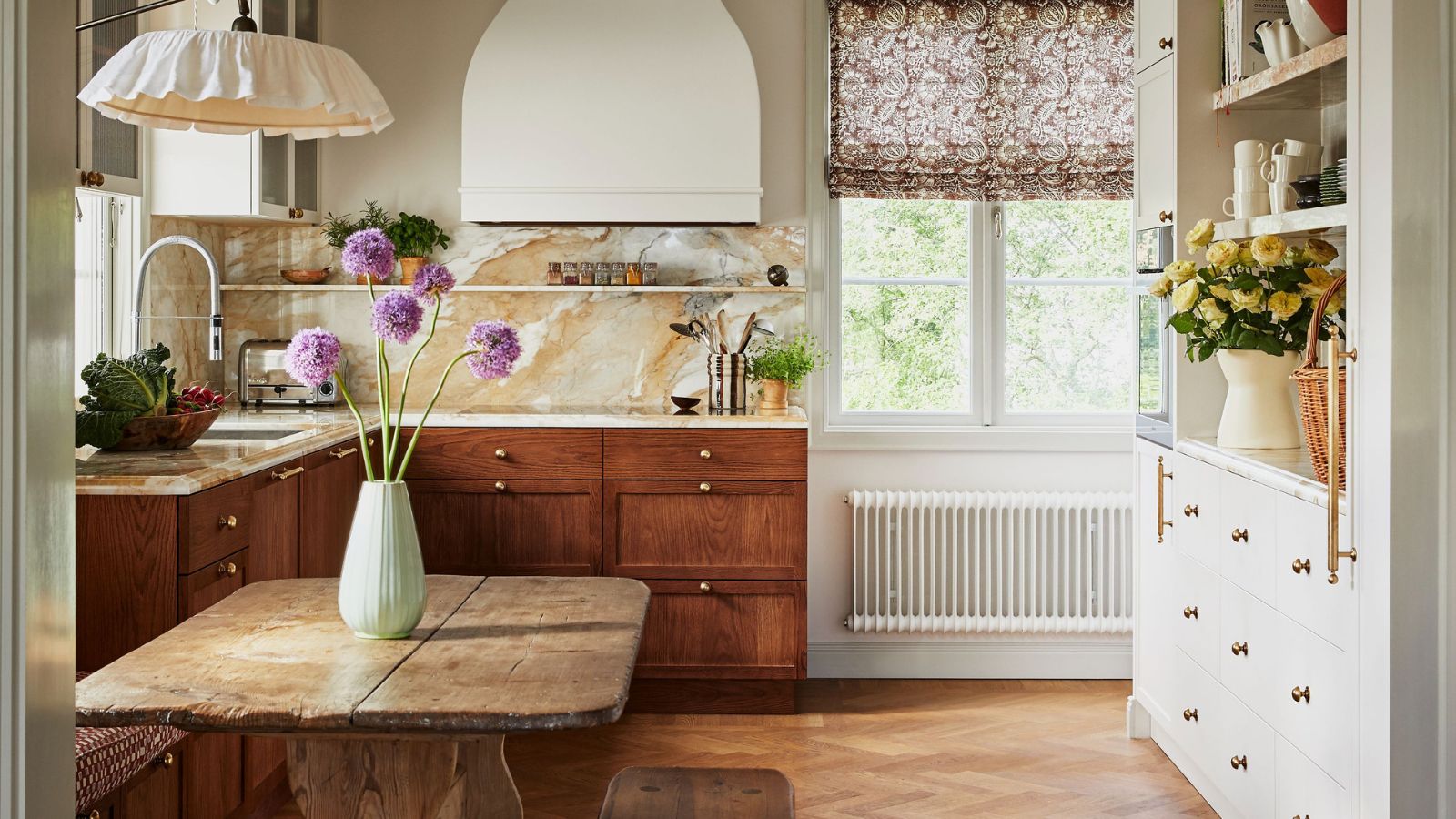

Some common household staples are so integral to daily life that we forget they need replacing.
From cleaning supplies to water filters, and even home fragrances, there are several key household items that get overlooked by us all, decreasing in efficiency or even becoming toxic with time.
With the help of experts, we look at the top seven home items we need to replace more often and what to do with the items you are decluttering for a cleaner, healthier household.
Household items you should replace more often
Knowing how often you should replace commonly- used items helps to keep your home hygienic, often getting rid of souces of bacteria and dust. It helps that they can make your home more efficient, too.
1. Kitchen sponges
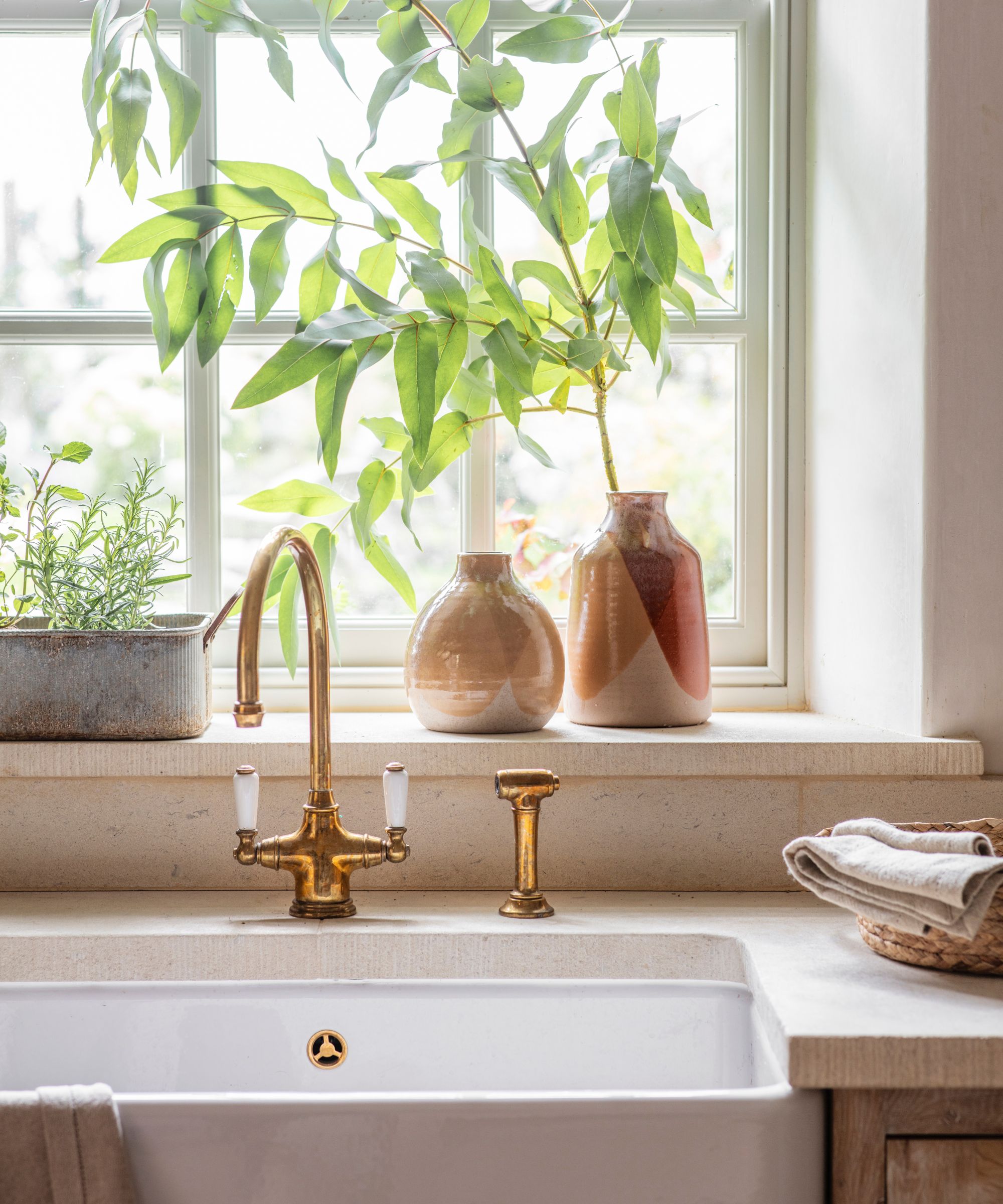
Opting for washable dish cloths and sponges means you can swap them out every day or two, for more hygienic dishes.
You might think this one is obvious, but you'd be surprised at how common it is not to replace this item that's used at least a couple of times a day.
Alex Varela, general manager of Dallas Maids says, 'The smell is the best sign that they need replacement, but aside from that after a few weeks they also lose absorbing power, so you have to spend more on dishwashing soap and more time scrubbing your dishes and utensils. I wouldn’t leave them for more than two weeks before throwing them in the trash. That is if you’re using regular sponges.'
If you don't want to be buying new sponges every few weeks then what's the option? Alex suggests, 'You can switch to silicone sponges instead like Amazon's Lubrima silicone sponges, they easily last a few months. Silicone is non-porous which means that you won’t have bacteria growing inside the sponge.'
This approach is a great way to clean your home without harming the planet. To keep silicone 'sponges' hygienic, consider cleaning with vinegar every week to kill bacteria and mold spores while removing odors.
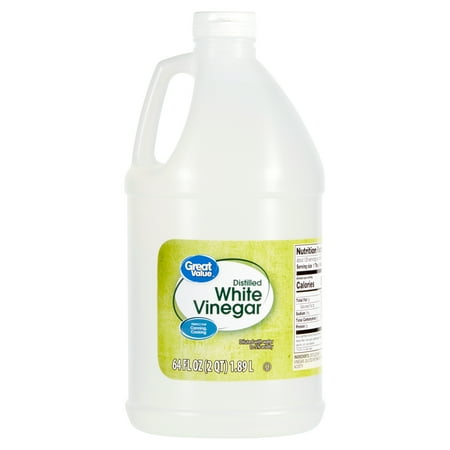
A 2020 medical study demonstrated that acetic acid (white vinegar) has a disinfecting effect against a variety of microorganisms, including dangerous pathogens such as E. coli, making it a great natural option for cleaning a kitchen and your cleaning tools.
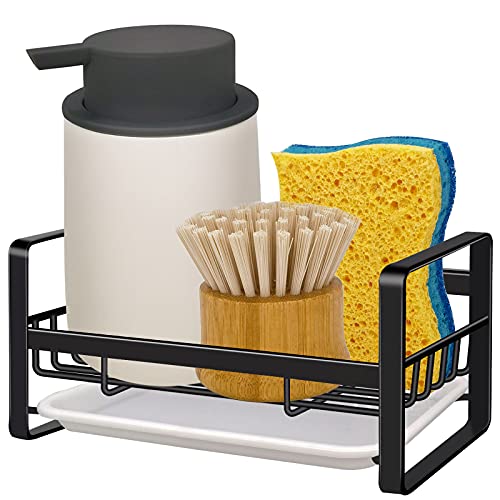
Using an elevated wire dish sponge caddy lets the sponge dry out between uses, preventing nasty odors and limiting the risk of mold growth.
 Makes scrubbing easy
Makes scrubbing easy
This wooden handled scrubbing brush is perfect for removing tough grime from plates and dishes. The head is easy to sanitize in vinegar, simply leave to air dry between uses to avoid odors.
2. Mop heads
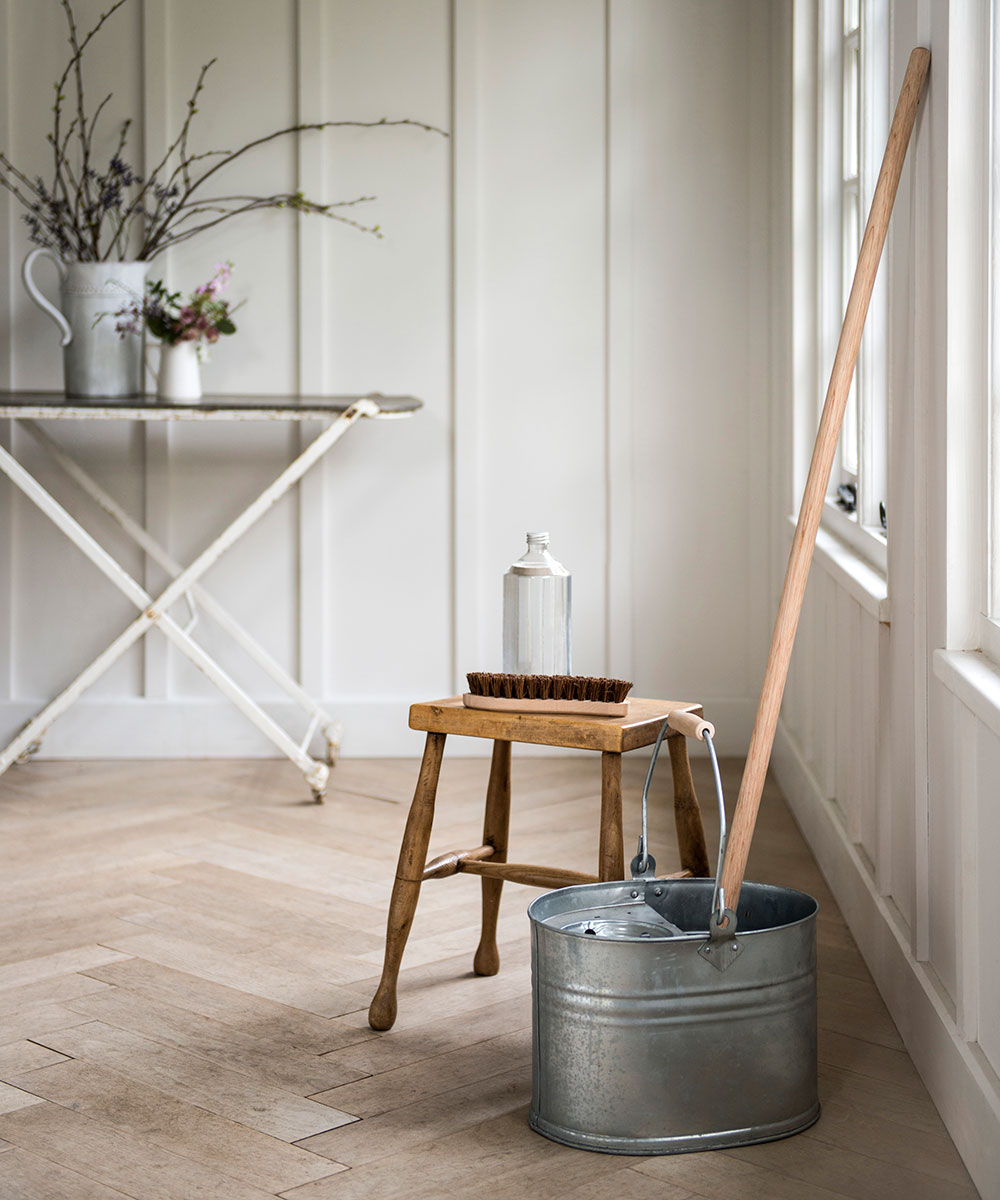
Avoid leaving your wet mop in the bucket to allow it to air dry, reducing odors and bacteria.
Learning how to clean floors is essential and using a good mop after vacuuming is key. Whether you use a traditional style mop head or a microfiber design, can you remember when you last replaced the head?
We're all guilty of leaving these things – we clean, we put them away, and move on to the next thing.
Shari Soloman Cedar, CEO & co-owner of AK Building Services says to look out for signs of wear, 'A worn-out mop head will show frayed or broken fibers. It will also stop effectively cleaning floors, often leaving streaks or dirt behind.'
Shari adds another key sign you need a replacement is a mop head becoming less absorbent, or you need to apply excessive force to clean. She adds, 'Mop heads should typically be replaced every three to six months, or sooner if used frequently in high-traffic areas.'
There are three main types of mop, flat, spray, and string, we've picked our favorites below.
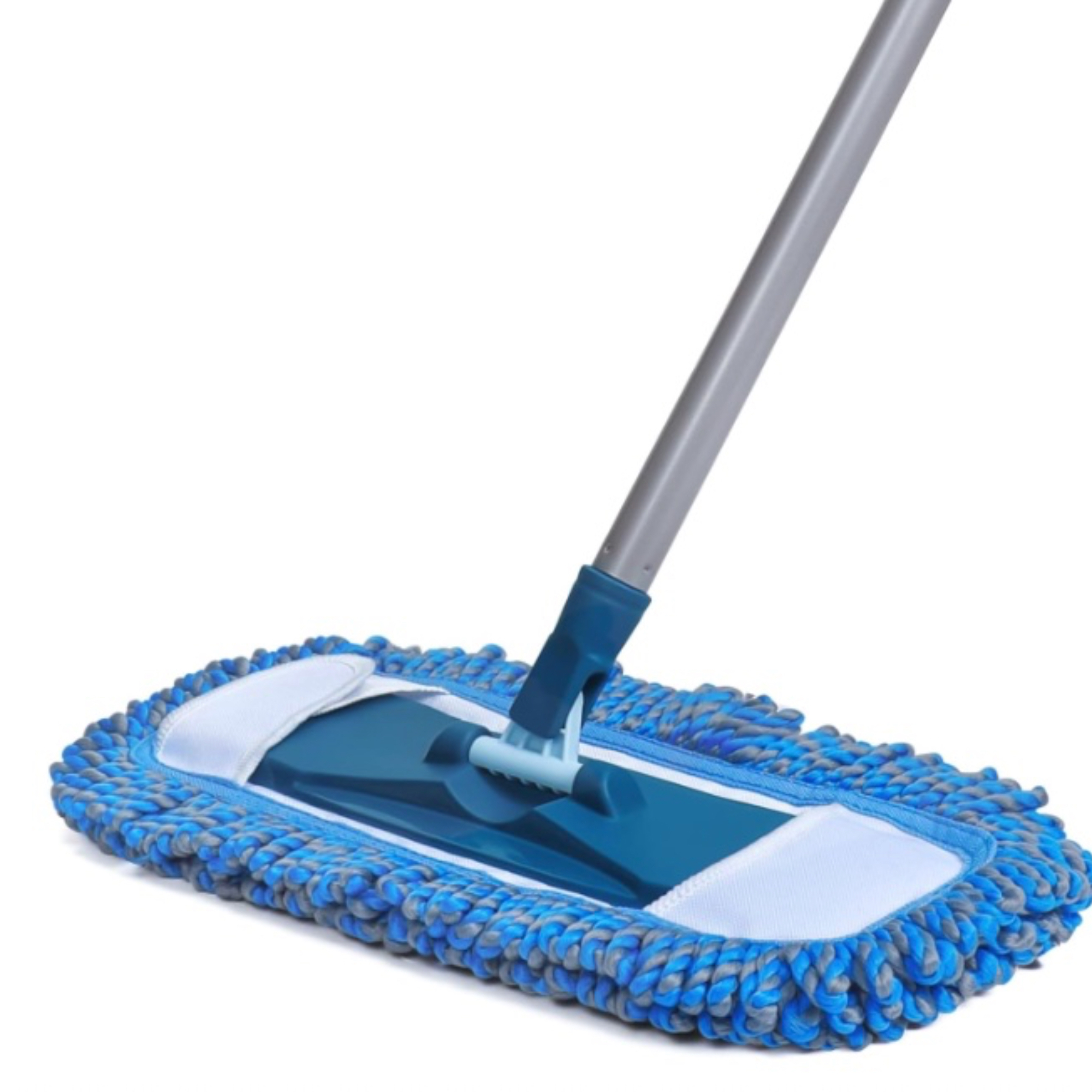
This dual-use microfiber flat dust mop is for deep cleaning with reusable floor mop pads made from washable fabric. You can use it for wet mopping too – it has excellent water absorption and leaves no excess water on the floor. It comes with a flexible rotating 360 spin mop head that can reach under the sofa, bed, and into corners.
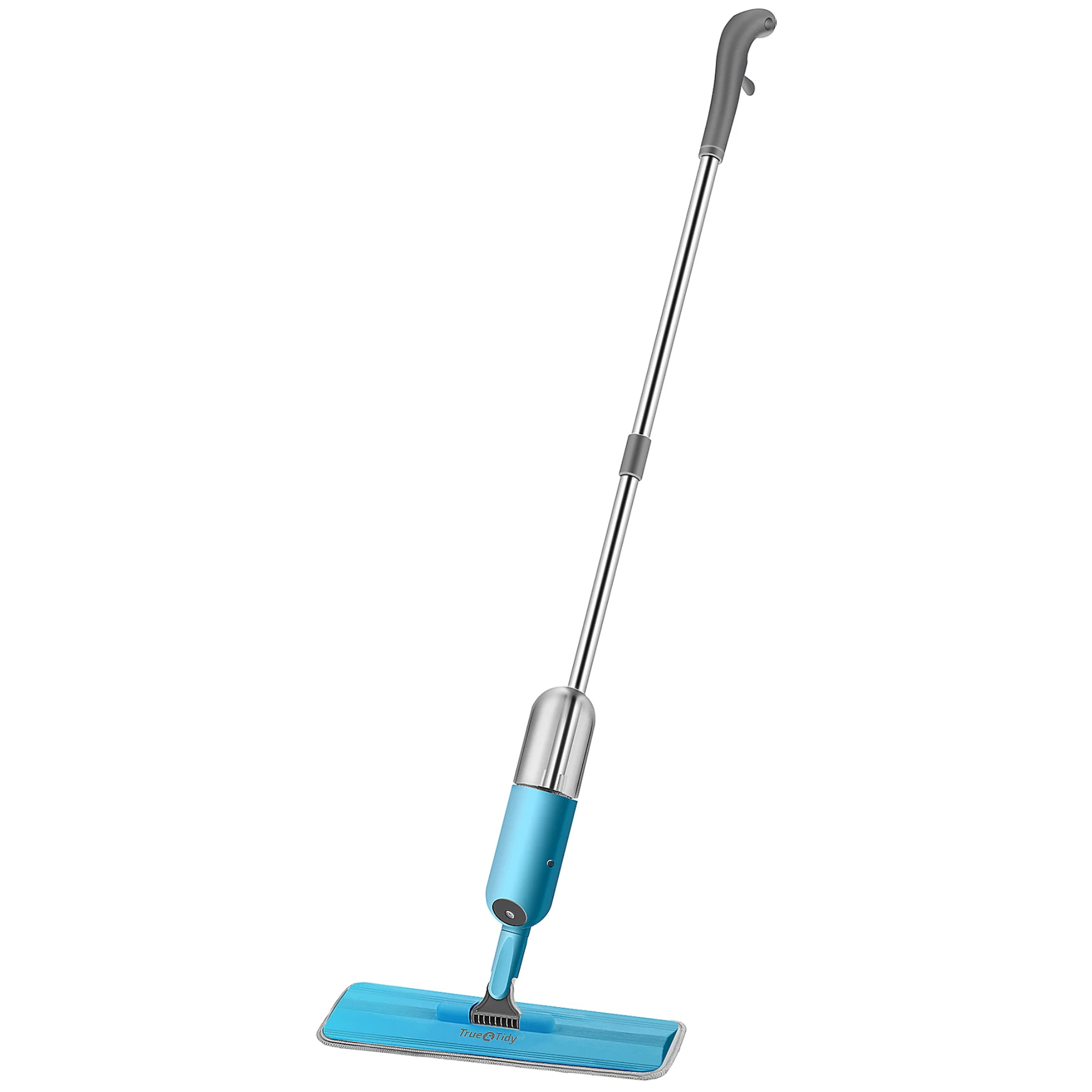
This lightweight spray mop is easy to move around and won't hurt your back. The large mop head covers the ground well and the 1.5 cup water tank ensures you can easily clean a room in one go. It comes with a SPRAY-250 spray mop and reusable mop pad and a year's limited manufacturer's warranty. Other colors include blue and white.
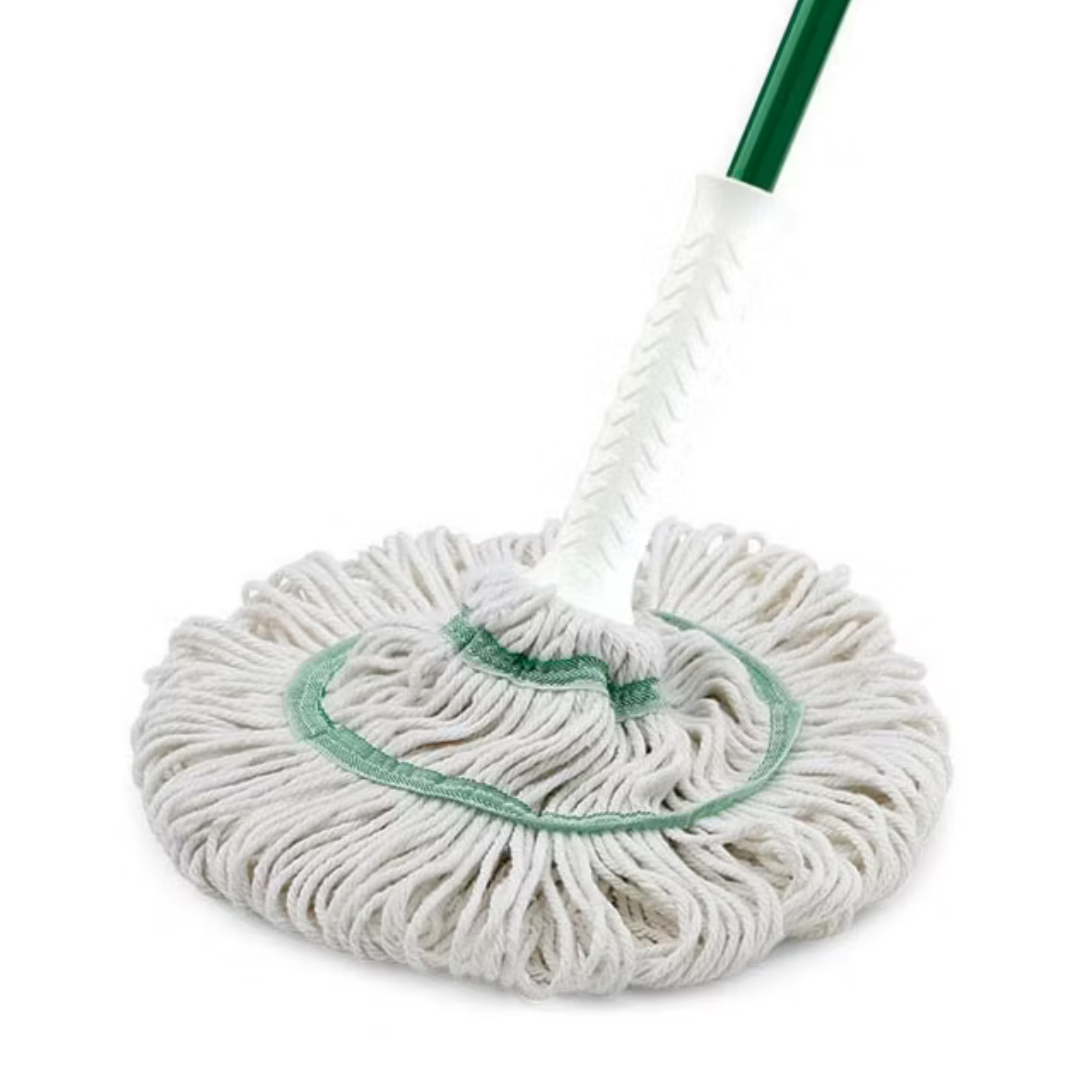
Said to be one of America's best-selling mops, the Libman is great for tough mopping jobs around the house. It can be used for all hard floor surfaces and the machine washable mop head has repeated use. There's a grip 'n click ratchet that wrings out the water easily and the green bands prevent the fibers from twisting.
3. Toilet bowl brushes
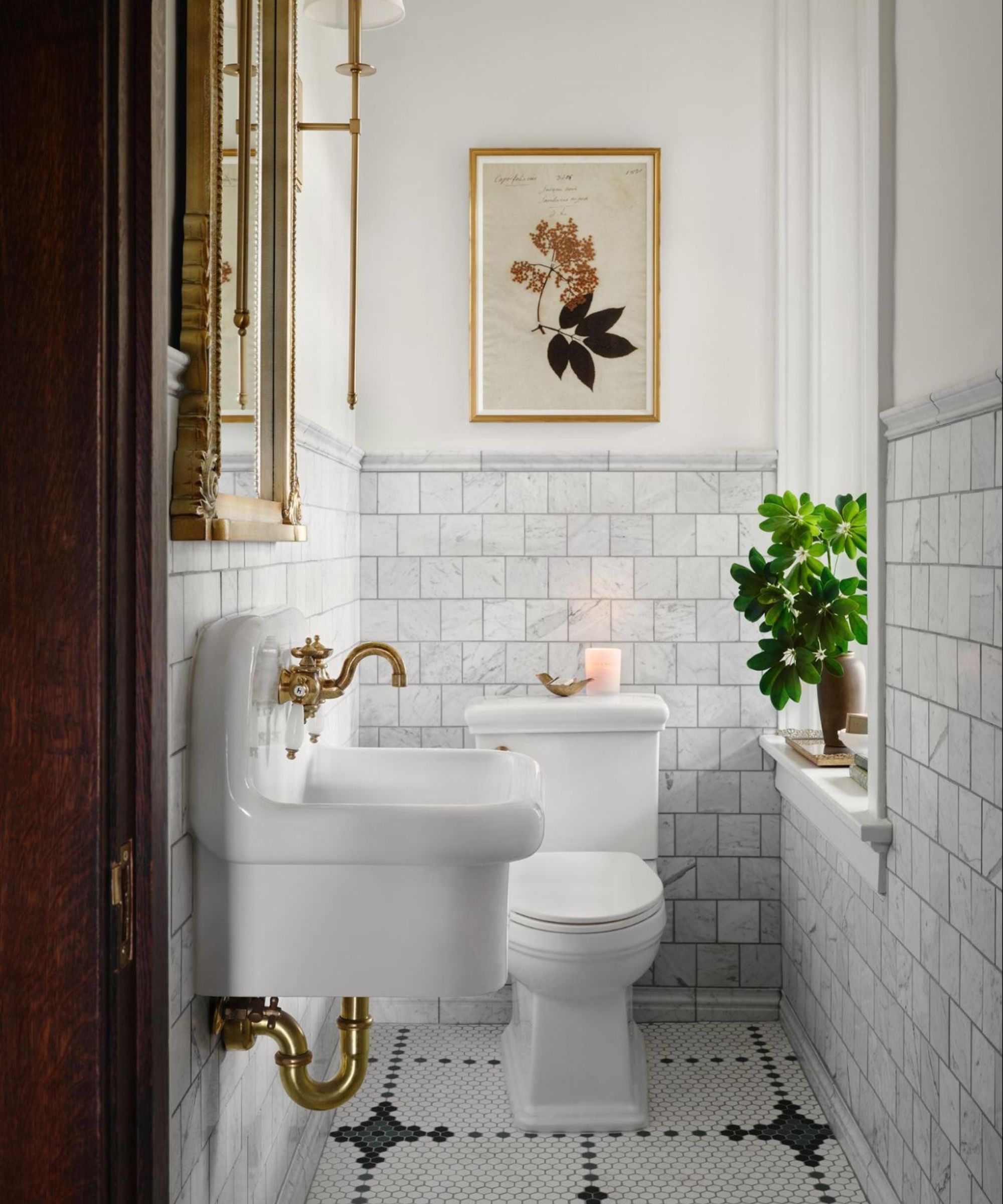
Perhaps the most neglected of household items, a toilet bowl brush needs replacing a lot more than you might think.
Shari explains, 'If the bristles are bent, misshapen, or overly worn, it’s time to replace your toilet brush. The brush should also be replaced if it starts to retain an unpleasant odor that cannot be removed.'
Once it becomes ineffective at cleaning too it's time to buy a new one, so how often should we be replacing it? Shari advises, 'Ideally, a toilet bowl brush should be replaced every six months to a year, depending on usage.'
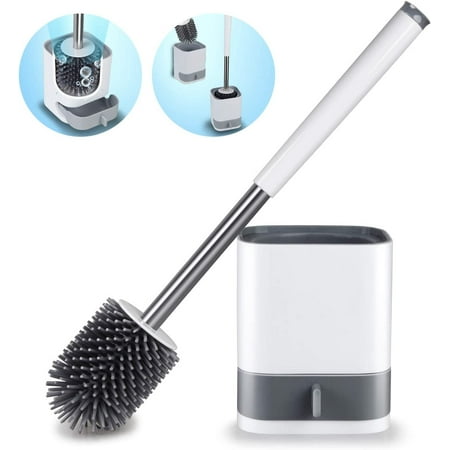
Silicone toilet brushes are easier to sanitize and keep clean, meaning they often last longer than traditional bristle brushes, reducing waste. Leave them to dry between uses, and clean them regularly with vinegar or toilet bowl cleaner to keep them hygienic and effective.
4. Scent sachets and closet deodorizers

We all love things that make homes smell good all the time, especially when they also tackle musty problem areas such as bedroom drawers and closets. Scent sachets are a go-to, but the scent does diminish over time – so subtly that we don't always notice them.
Cara Palmer, founder of OrganizeEveryRoom says they need replacing every three to four months, 'When they no longer emit fragrance or show discoloration it's time to replace them. A sustainable alternative is switching to activated charcoal deodorizers, which last up to a year and are more environmentally friendly.'
Another great way to be more sustainable at home is to make lavender sachets with dry rice and dried flowers using reusable drawstring tea bags, available at Amazon.
We're big fans of activated charcoal and its benefits so we searched for the ultimate deodorizer as recommended by Cara.

These activated charcoal bamboo bags are a genius idea due to their multiple uses. Available in purple, green, blue, and grey, these handy odor absorber bags each have a ribbon loop so they can be hung in closets, or stand on their own. You can use them in fridges, shoes, cars, bathrooms, kitchens, mudrooms, and in gym bags. Amazingly, each bag will last up to two years.
5. Water filters
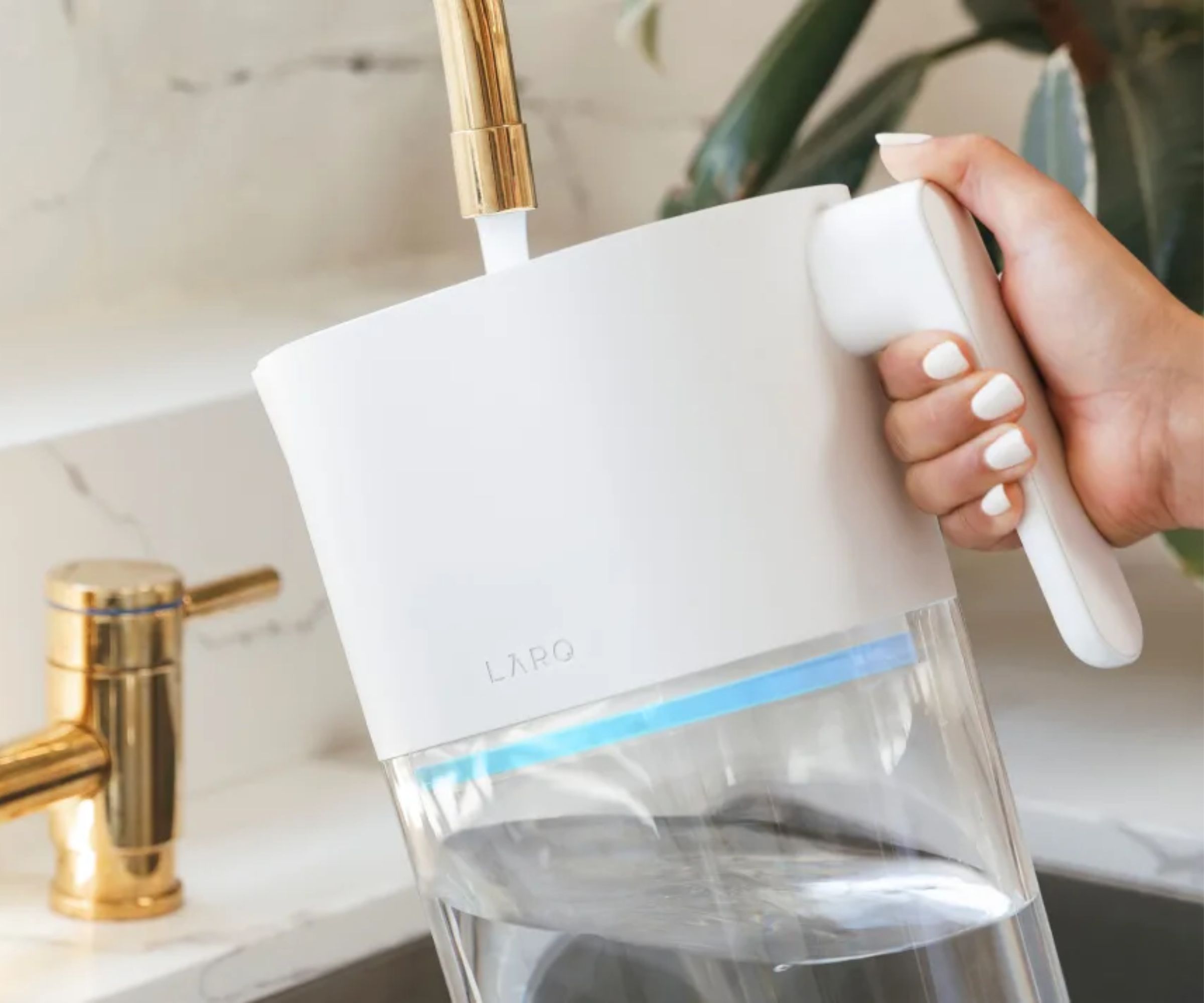
It is important to regularly change out the water in your water pitcher, too, to avoid standing water for long periods.
According to Cara, water filters should be replaced every two to six months, 'This does depend on usage and water quality. Warning signs include reduced water pressure [in the case of built-in fridge systems], a strange taste, or if your filter indicator light comes on. An expired filter can leach captured contaminants back into your water supply. Track replacement dates on your phone calendar to stay consistent.'
For the best results, invest in a water filter that alerts you when it needs the filter replaced, Amazon's Brita large water filter pitcher for tap and drinking water has a SmartLight filter change indicator and is a highly rated buy. It is also possible to learn how to clean a water filter so you double its use.
 Filters chlorine & heavy metals
Filters chlorine & heavy metals
The Brita replacement water filter cuts the taste and odor of chlorine and also reduces copper, cadmium and mercury impurities from your tap water without leaving black flecks behind. One filter can last up to two months, and filter 40 gallons of water.
 Pack of three
Pack of three
Three Pur filters offer you a six-month supply of fresh water. They are WQA-certified to reduce lead and NSF-certified to reduce microplastics, chlorine, and other chemical & physical substances, using granulated activated carbon and ion exchange materials for cleaner, better-tasting water.
 Pack of two
Pack of two
The Zerowater five-stage advanced water filtration removes virtually all total dissolved solids (TDS) like metals, minerals, salts, and ions. IAPMO-certified to filter harmful contaminants and made from BPA-free material, these filters can reduce some of the most concerning contaminants like the forever chemicals PFOA/PFOS, lead, chromium, and mercury.
6. Microfiber cloths
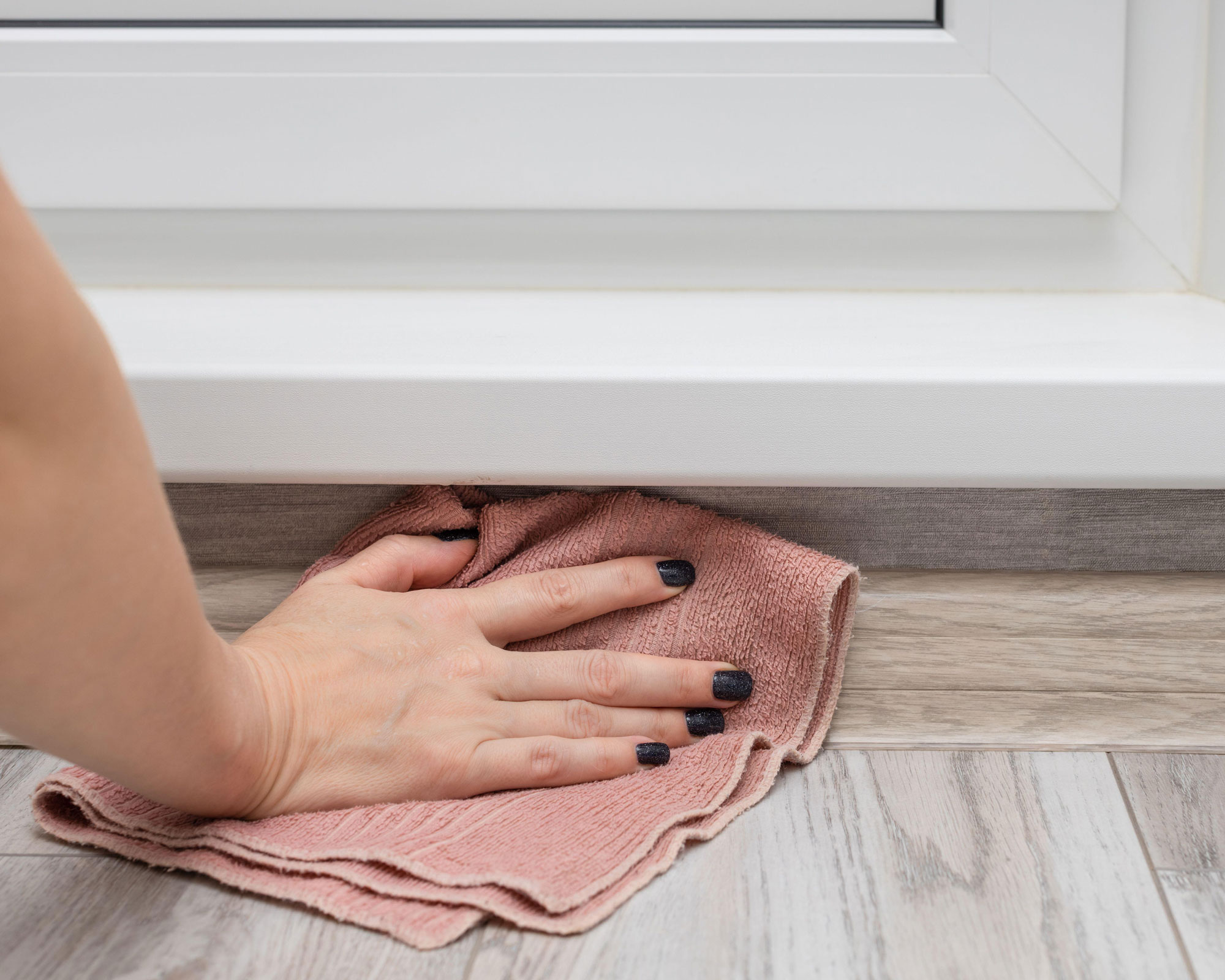
How you wash microfiber cloths will also affect their lifespan. Avoid using fabric softener to keep them absorbent.
One of the most used cleaning items is the microfiber cloth. Perfect for so many things – dusting, cleaning windows, floors, surfaces, and appliances, it's a multifunctional cloth that is used daily in most households.
They are also washable so they can be kept clean and hygienic, but this is when we tend to keep using them longer than we should, Shari explains, 'After multiple washes, microfiber cloths lose their fibers’ ability to trap dirt. If the cloth no longer feels soft or doesn’t clean effectively, it’s time to retire it.'
Next time you use yours have a good look at it, is there visible wear? Fraying? Shari says, 'Generally, microfiber cloths should be replaced every six to 12 months, depending on use and washing frequency.'
Adding vinegar to laundry when washing microfiber cloths can help to strip away cleaning product build-up and remove odors to increase the time between replacements. Consider using old household cloths to clean outdoors, such as cleaning outdoor furniture or cleaning cars, to avoid them going to waste.
We did a search and found some highly rated microfiber cloths below that are washable and long-lasting.
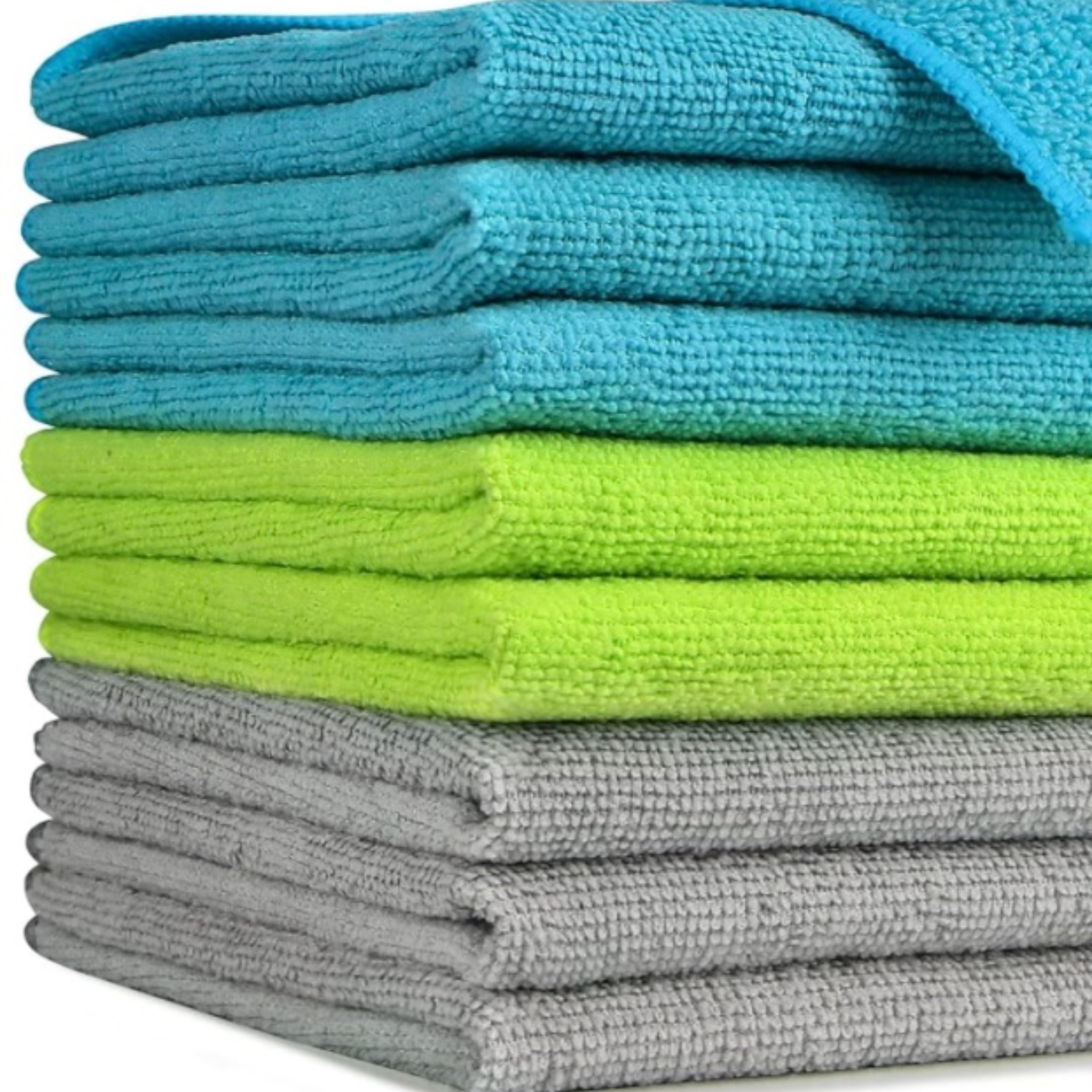
Highly absorbent and super sort, these cleaning cloths can be used for many chores. They are quick drying and machine washable, which makes them a good long lasting choice. The quality means they can be washed multiple times before using their efficacy and won't need replacing too often.
7. HVAC air filters
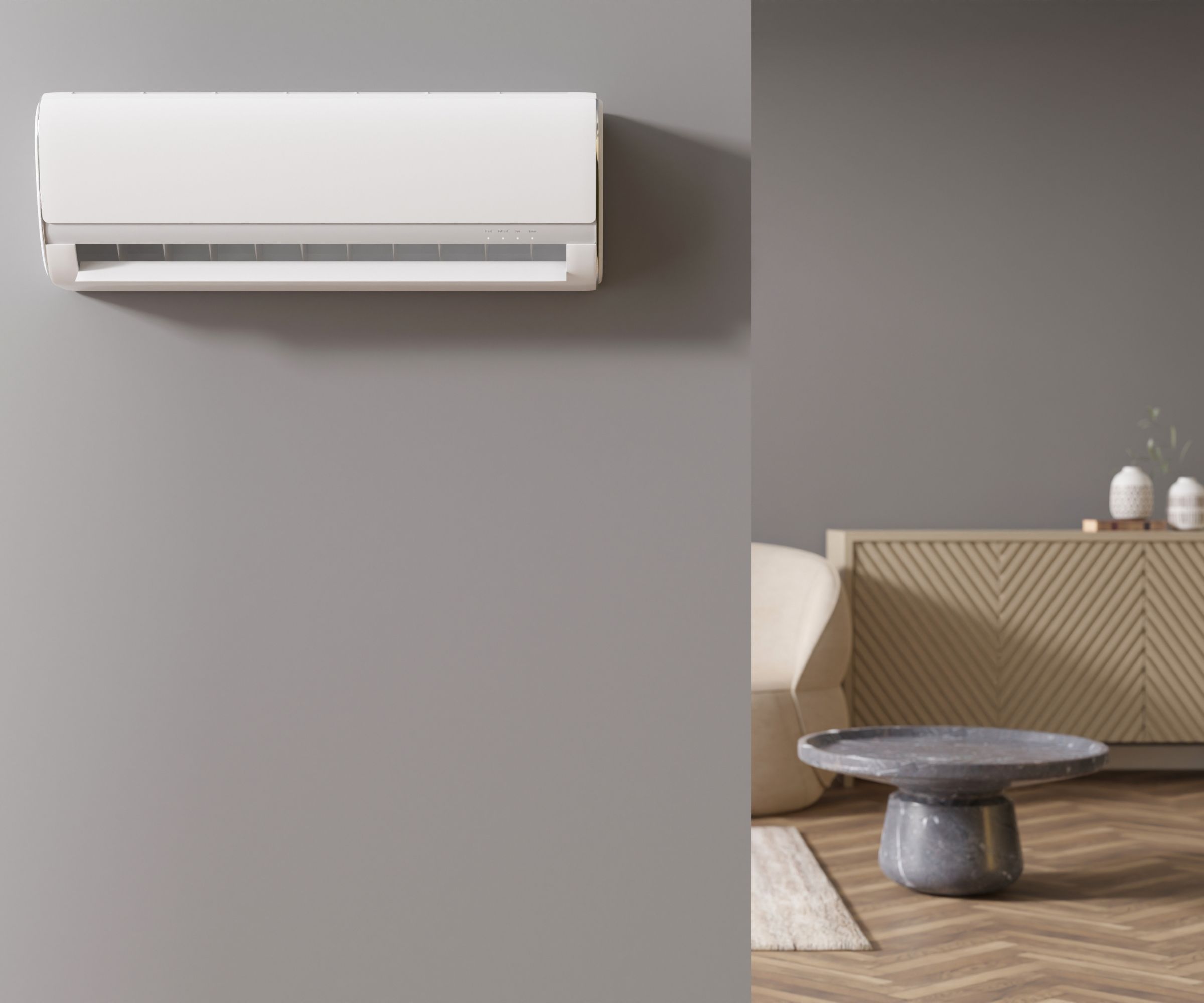
Every HVAC unit has air filters that need to be replaced, Cara explains.
She says these should be replaced 'every 60-90 days, or monthly for homes with pets or allergies. Signs that it's time include visible dust accumulation, increased energy bills, or reduced airflow.'
According to Cara a clogged filter can make your heating system harder, increase energy consumption by up to 15%, and reduce your system's lifespan by years, so it's worth keeping a record of when they were fitted and due for replacement. Remember it's important to learn how to clean your HVAC system too so it stays efficient.
It's always worth having a spare set of air filters in a drawer, we like Walmart's Filterbuy 16x25x1 MERV 8 pleated HVAC AC furnace air filters. Check your HVAC system's make and model or the manufacturer manual for details on which filters you can use in your appliance.
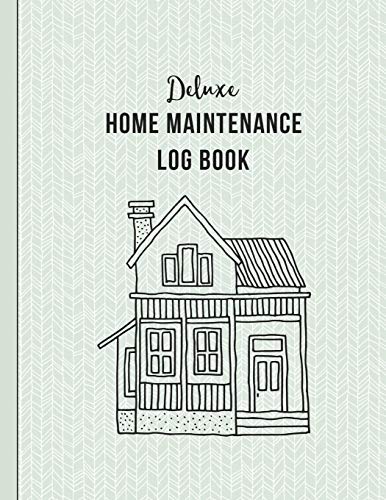
This logbook comes with 12-years worth of space to keep track of home maintenance, servicing information, insurance details, and DIY project checklists to make maintaining a household simpler.
Meet the experts

Alex Varela is the general manager of Dallas Maids, a house cleaning service in Dallas, Texas. He believes that creating a clean and healthy home environment makes families happier.

Shari is the CEO and co-owner of AK Building Services, an industry-leading family owned and operated commercial janitorial services provider in Florida.

Cara Palmer is a home organization expert and founder of Organize Every Room, where she combines form, function, and fun to help people turn cluttered chaos into spaces they love.
These are luckily all items to declutter in under an hour for a tidier and more hygienic home. The key is to have a regular replacement schedule in place – use the Notes app in your phone or write down dates in a notebook, it will help to keep your home in great condition.
Sign up to the Homes & Gardens newsletter
Design expertise in your inbox – from inspiring decorating ideas and beautiful celebrity homes to practical gardening advice and shopping round-ups.

Sophie has been an interior stylist and journalist for over 20 years and has worked for many of the main interior magazines during that time, both in-house and as a freelancer. On the side, as well as being the News Editor for indie magazine, 91, she trained to be a florist in 2019 and launched Flowers Inside My Head where she curates beautiful flowers for modern weddings and events. For Homes & Gardens, she writes features about interior design – and is known for having an eye for a beautiful room.
You must confirm your public display name before commenting
Please logout and then login again, you will then be prompted to enter your display name.
-
 Go guilt-free – I'm a professional home organizer and these are the 5 decluttering rules I urge you to break
Go guilt-free – I'm a professional home organizer and these are the 5 decluttering rules I urge you to breakDitch the rules for stress-free declutter
By Orna Fathers
-
 This ultra-tiny 'luxury villa' is sold on Amazon – estate agents say this unconventional, pre-assembled home is more than a novelty
This ultra-tiny 'luxury villa' is sold on Amazon – estate agents say this unconventional, pre-assembled home is more than a novelty'Tiny homes are more than a trend. They’re part of a bigger conversation about how we live' – this foldable house is one of many shaping 2025's real estate industry
By Megan Slack
-
 Engineers reveal the 4 common faults they're always fixing in Shark vacuums – and how you can prevent them from happening
Engineers reveal the 4 common faults they're always fixing in Shark vacuums – and how you can prevent them from happeningThese checks will restore your Shark vacuum to its former glory
By Dan Fauzi
-
 5 things professional cleaners always do to overcome a cleaning roadblock – they're surefire ways to feel 'motivated and clear-headed' experts say
5 things professional cleaners always do to overcome a cleaning roadblock – they're surefire ways to feel 'motivated and clear-headed' experts sayGet your cleaning schedule back on track
By Ottilie Blackhall
-
 Dyson V15 Detect vs Dyson V12 Detect Slim – which is right for your home?
Dyson V15 Detect vs Dyson V12 Detect Slim – which is right for your home?I've spent more than 200 hours testing vacuum cleaners and these two cordless Dysons are my personal favorites
By Dan Fauzi
-
 I've spent over 200 hours testing vacuums and swear by my two Dysons – this is how I properly clean a Dyson vacuum filter for longer-lasting appliances
I've spent over 200 hours testing vacuums and swear by my two Dysons – this is how I properly clean a Dyson vacuum filter for longer-lasting appliancesYour Dyson vacuum will last much longer and clean at its best
By Dan Fauzi
-
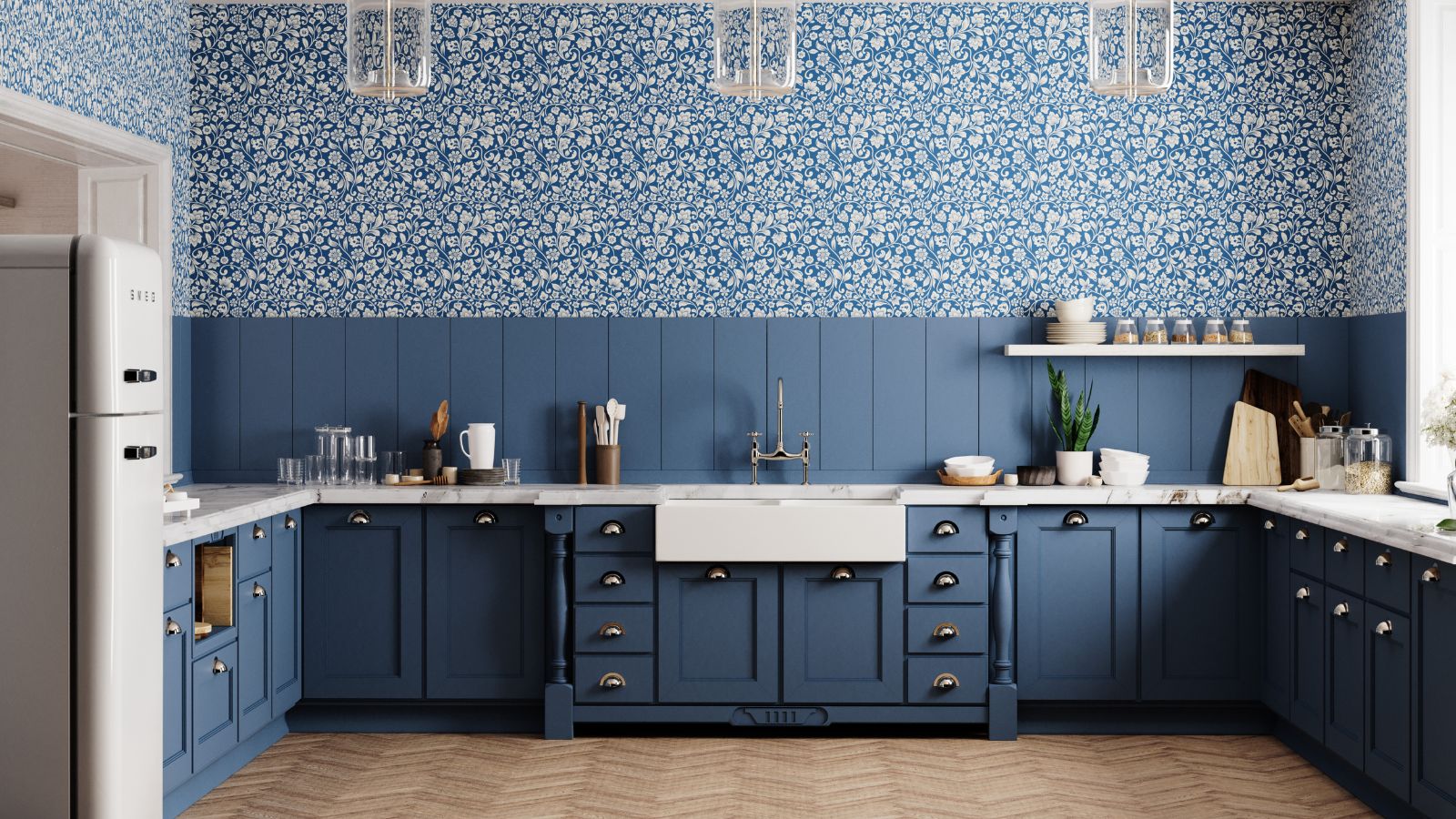 Do cleaning products expire? Professional cleaners warn time could make them ‘less effective, and in some cases, irritating to use’
Do cleaning products expire? Professional cleaners warn time could make them ‘less effective, and in some cases, irritating to use’For the best results, it pays to stay on top of the timeline of your cleaning products
By Chiana Dickson
-
 How to clean a patio – 6 different methods, and when you must use a chemical cleaning agent
How to clean a patio – 6 different methods, and when you must use a chemical cleaning agentFrom manual scrubbing, natural solutions or calling in the pros, industry experts reveal the benefits and considerations of each method
By Andy van Terheyden
-
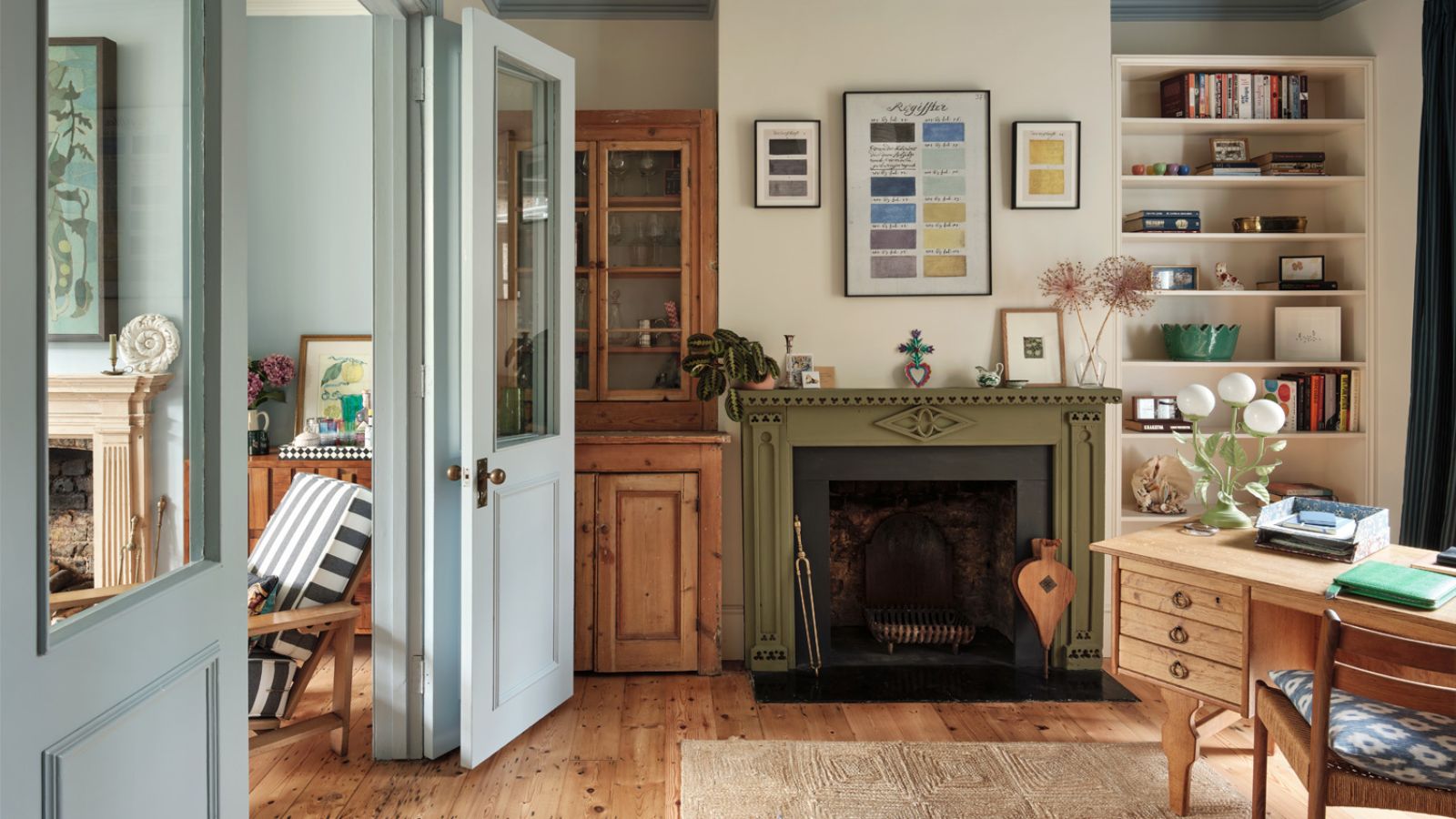 5 surprising but brilliant ways to clean with old socks – from perfectly buffing stainless steel to deterring pests naturally and more
5 surprising but brilliant ways to clean with old socks – from perfectly buffing stainless steel to deterring pests naturally and moreTackle dust in tricky corners, clean your mirrors and even banish bad odors with those rogue single socks
By Andy van Terheyden
-
 5 things people with clean upholstery always do – they're simple, quick and oh-so-effective
5 things people with clean upholstery always do – they're simple, quick and oh-so-effectiveEnsure your furnishing looks clean year-round with these expert tips
By Seraphina Di Mizzurati